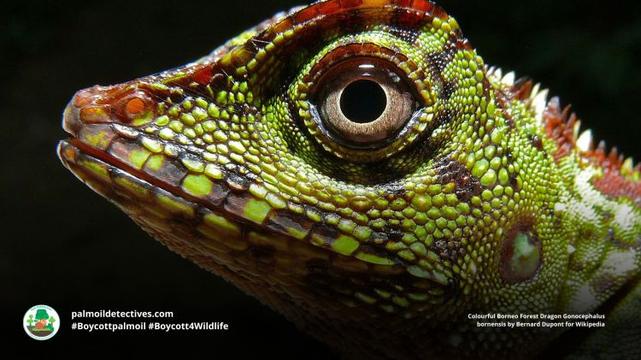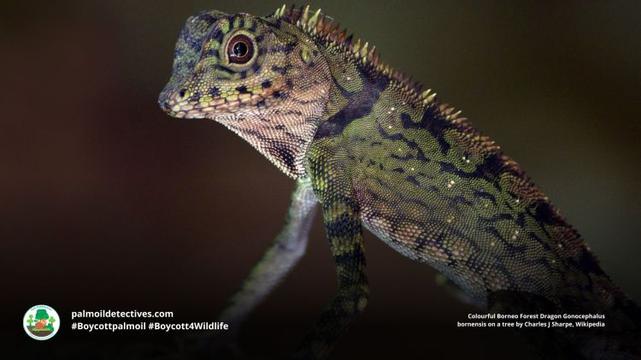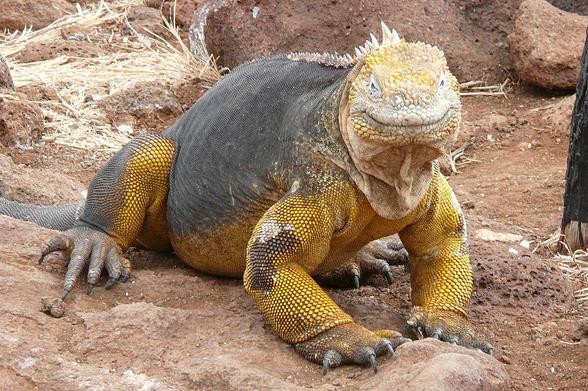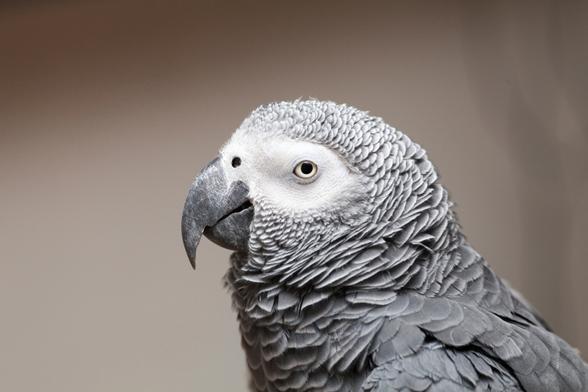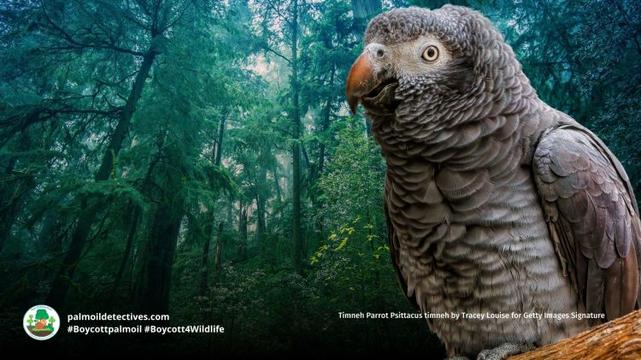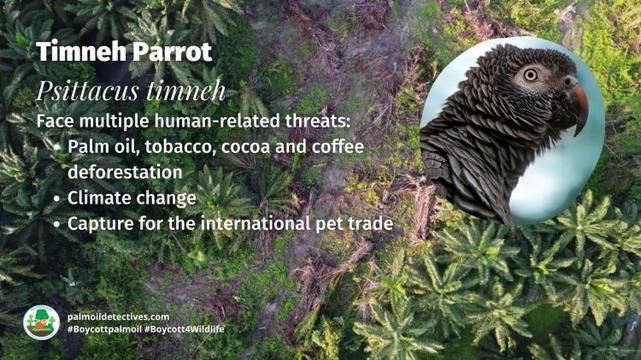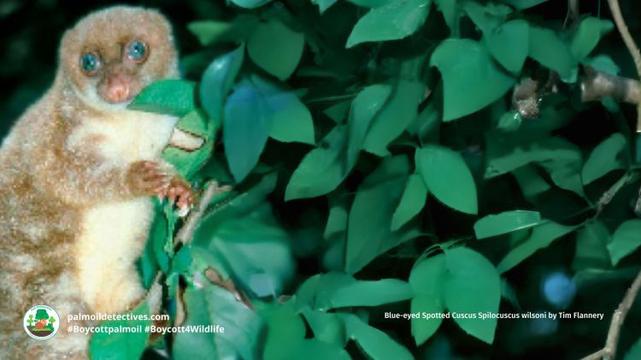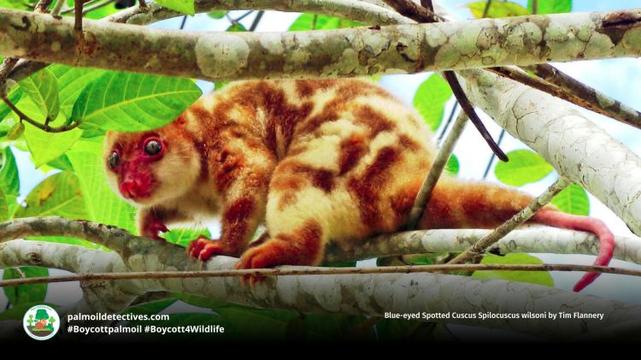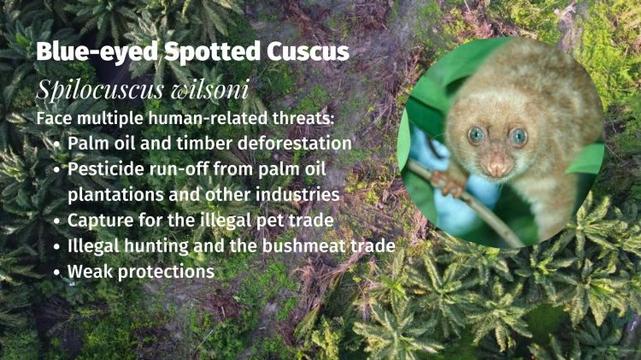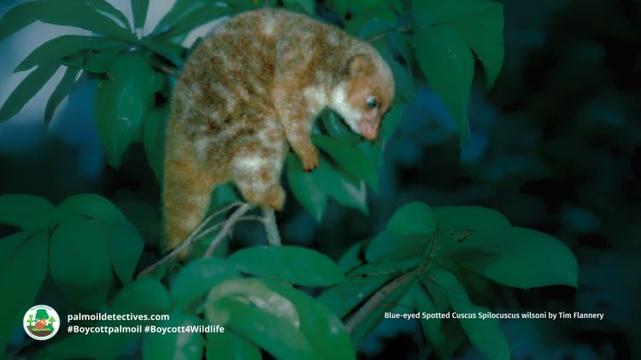Timneh Parrot Psittacus timneh
Timneh Parrot Psittacus timneh
IUCN Red List Status: Endangered
Location: Timneh Parrots inhabit the lowland forests, mangroves, and savannahs of West Africa, from Guinea-Bissau to western Côte d’Ivoire.
The Timneh Parrot, a smaller and darker cousin of the African Grey Parrot, captivates with their intelligence, vibrant personalities, and ability to mimic speech. However, their beauty and charm have contributed to their decline. The illegal pet trade is depleting wild populations, with poachers raiding nests to meet global demand. Meanwhile, habitat destruction driven by out-of-control palm oil plantations, meat agriculture, and crops like cocoa, coffee, and tobacco is eroding their forest homes.
Research shows that the parrot trade, facilitated by social media, has expanded into new regions like Algeria, where demand for exotic pets continues to fuel poaching. The population declines are staggering—studies in Cameroon show local reductions of up to 99% over 14 years due to trapping and habitat loss. Protecting these parrots requires ending the demand for wild-caught birds and halting deforestation in West Africa. Take action today: #BoycottPalmOil, boycott the pet trade #BoycottMeat #Boycott4Wildlife.
https://youtu.be/CuXNcV-7c2s
Smart and beautiful Timneh #Parrots 🦜💚live in #CoteDIvoire 🇨🇮 #SierraLeone 🇸🇱 they’re endangered from the illegal #pet trade #palmoil and #mining #deforestation. They deserve better! Fight for them #BoycottPalmOil #Boycott4Wildlife @palmoildetect https://palmoildetectives.com/2021/02/15/timneh-parrot-psittacus-timneh/
Share to BlueSky Share to Twitter Timneh #Parrots 🦜💚 are endangered due to people’s selfishness, wanting them as #pets driving illegal trade. Boycott the #PetTrade for them! #PalmOil is another threat to their forest in #WestAfrica. #BoycottPalmOil 🌴🚫 #Boycott4Wildlife @palmoildetect https://palmoildetectives.com/2021/02/15/timneh-parrot-psittacus-timneh/
Share to BlueSky Share to Twitter This species has been uplisted to Endangered because it is subject to heavy trapping pressure across much of its range. In combination with the high rate of ongoing habitat loss, the species is therefore suspected to be declining rapidly over three generations (47 years).
IUCN Red List
Appearance and Behaviour
Timneh Parrots are smaller than African Greys, measuring 28–33 cm in length and weighing 275–375 grams. Their smoky grey plumage is complemented by maroon tail feathers and an ivory-coloured upper mandible, giving them a subtle but elegant appearance.
Highly intelligent and social, Timneh Parrots thrive in flocks, using a range of vocalisations to communicate. Known for their exceptional ability to mimic human speech, they are sought after as pets, which is contributing massively to their population decline in the wild. In their forest home where they belong, their vocal talents serve a vital role in maintaining flock cohesion and avoiding predators.
Threats
Capture for the Illegal Pet Trade:
The global demand for Timneh Parrots as exotic pets is the primary driver of their decline. Social media platforms have exacerbated this issue by making it easier for poachers and traders to connect with buyers. Research published in the European Journal of Wildlife Research highlights the growing role of online platforms in the parrot trade in Algeria, a region where this market is expanding rapidly. Poachers often destroy nests to capture chicks, causing irreparable harm to wild populations.
Palm oil, cocoa, meat and coffee deforestation:
Expansion of palm oil plantations, meat agriculture, and crops like cocoa, coffee, and tobacco are devastating the forests of West Africa. These activities fragment and degrade the lowland forests and mangroves that Timneh Parrots rely on for nesting and feeding.
Trapping for the Pet Trade Leading to Massive Population Loss:
Research published in the African Journal of Ecology confirms catastrophic population losses in regions like Cameroon’s Korup National Park, where grey parrot populations (including Timneh Parrots) have declined by 99% between 2002 and 2016. These declines are attributed to both trapping for the pet trade and extensive habitat loss.
Hunting for Bush Meat:
In addition to the pet trade, Timneh Parrots are hunted for bushmeat or kept as pets in local communities. This practice, while small-scale, compounds the pressures on their dwindling populations.
Extreme Weather from Climate Change:
Shifting rainfall patterns and rising temperatures from climate change disrupt the ecosystems these parrots depend on, further limiting their already fragmented habitats.
Diet
Timneh Parrots are frugivores and granivores, feeding on a diet of seeds, nuts, fruits, and berries. Their role as seed dispersers is critical to forest health. By consuming fruit and scattering seeds over wide areas, they help regenerate forests and maintain biodiversity. The loss of these parrots would have cascading effects on the ecosystems they support.
Reproduction and Mating
Timneh Parrots nest in tree cavities, laying 2–4 eggs that are incubated for approximately 28–30 days. Both parents participate in raising the chicks, which fledge around 10–12 weeks after hatching.
Suitable nesting sites are increasingly scarce due to deforestation and logging, leaving parrots to compete for the few remaining mature trees. This scarcity directly impacts their reproductive success, pushing them closer to extinction.
Geographic Range
Timneh Parrots are endemic to West Africa, with a range spanning Guinea-Bissau, Sierra Leone, Liberia, and western Côte d’Ivoire. They inhabit lowland rainforests, mangroves, and savannahs but are increasingly restricted to isolated forest patches due to deforestation.
Efforts to conserve these parrots require protecting their remaining habitats and restoring degraded forests to expand their range.
FAQ
Are Timneh Parrots good pets?
Timneh Parrots are intelligent and bond strongly. However a strong warning and reminder – keeping Timneh Parrots as pets is an incredibly selfish act, as it is contributing to their extinction. Many parrots sold in the pet trade are illegally caught from the wild, causing immense suffering, the destruction of family units of birds and decimating populations. If you care about these parrots, you must advocate against the demand for exotic pets instead.
What is the lifespan of a Timneh?
In captivity, Timneh Parrots can live up to 50–60 years or more. In the wild, their lifespan is shorter due to the challenges posed by predation, disease, and habitat destruction. Timneh Parrots are not suitable pets because their species is going extinct due to the pet trade.
What is the difference between African Grey and Timneh?
Timneh Parrots are smaller and darker than African Greys. They have maroon tails and ivory-coloured upper mandibles, compared to the African Grey’s bright red tails and black bills. Timnehs are also considered less nervous and more adaptable.
What are the threats to Timneh Parrots?
The main threats include the illegal pet trade, deforestation for palm oil, cocoa, and coffee plantations, hunting for bushmeat, and climate change. Social media platforms have worsened the pet trade by facilitating connections between poachers and buyers.
Take Action!
The Timneh Parrot is on the brink of extinction due to habitat loss and the illegal pet trade. Refuse to support the exotic pet market, boycott products linked to deforestation, and demand conservation efforts to protect their habitats. Every choice you make can help save them: #BoycottPalmOil #BoycottMeat #Boycott4Wildlife.
Timneh Parrot Psittacus timneh
Support the conservation of this species
This animal has no protections in place. Read about other forgotten species here. Create art to support this forgotten animal or raise awareness about them by sharing this post and using the #Boycottpalmoil #Boycott4Wildlife hashtags on social media. Also you can boycott palm oil in the supermarket.
Further Information
Ameziane, I. N., Razkallah, I., Zebsa, R., Bensakhri, Z., Bensouilah, S., Bouslama, Z., Nijman, V., Houhamdi, M., & Atoussi, S. (2024). Disentangling the role of social media in the online parrot trade in Algeria. European Journal of Wildlife Research, 70(68). Retrieved from https://link.springer.com/article/10.1007/s10344-024-01821-3
BirdLife International. 2019. Psittacus timneh (amended version of 2018 assessment). The IUCN Red List of Threatened Species 2019: e.T22736498A155462561. https://dx.doi.org/10.2305/IUCN.UK.2019-3.RLTS.T22736498A155462561.en. Downloaded on 15 February 2021.
BirdLife International. (n.d.). Species factsheet: Timneh Parrot. Retrieved from: https://datazone.birdlife.org/species/factsheet/timneh-parrot-psittacus-timneh/text
Birds of the World. (n.d.). Timneh Parrot. Retrieved from https://birdsoftheworld.org/bow/species/grypar10/cur/introduction
Reinhold, N., Wobker, J., Schröder, T., Kemnade, C., Bobo, K. S., & Waltert, M. (2020). Confirmation of strong declines of grey parrots in the Korup region, Cameroon, between 2002 and 2016. African Journal of Ecology. DOI: 10.1111/aje.12837
Wikipedia. (n.d.). Timneh Parrot. Retrieved from https://en.wikipedia.org/wiki/Timneh_parrot
How can I help the #Boycott4Wildlife?
Take Action in Five Ways
1. Join the #Boycott4Wildlife on social media and subscribe to stay in the loop: Share posts from this website to your own network on Twitter, Mastadon, Instagram, Facebook and Youtube using the hashtags #Boycottpalmoil #Boycott4Wildlife.
Enter your email address
Sign Up
Join 1,391 other subscribers
2. Contribute stories: Academics, conservationists, scientists, indigenous rights advocates and animal rights advocates working to expose the corruption of the palm oil industry or to save animals can contribute stories to the website.
Wildlife Artist Juanchi Pérez
Read more
Mel Lumby: Dedicated Devotee to Borneo’s Living Beings
Read more
Anthropologist and Author Dr Sophie Chao
Read more
Health Physician Dr Evan Allen
Read more
The World’s Most Loved Cup: A Social, Ethical & Environmental History of Coffee by Aviary Doert
Read more
How do we stop the world’s ecosystems from going into a death spiral? A #SteadyState Economy
Read more
3. Supermarket sleuthing: Next time you’re in the supermarket, take photos of products containing palm oil. Share these to social media along with the hashtags to call out the greenwashing and ecocide of the brands who use palm oil. You can also take photos of palm oil free products and congratulate brands when they go palm oil free.
https://twitter.com/CuriousApe4/status/1526136783557529600?s=20
https://twitter.com/PhillDixon1/status/1749010345555788144?s=20
https://twitter.com/mugabe139/status/1678027567977078784?s=20
4. Take to the streets: Get in touch with Palm Oil Detectives to find out more.
5. Donate: Make a one-off or monthly donation to Palm Oil Detectives as a way of saying thank you and to help pay for ongoing running costs of the website and social media campaigns. Donate here
Pledge your support #Bird #birds #Boycott4wildlife #BoycottMeat #BoycottPalmOil #CoteDIvoire #deforestation #EndangeredSpecies #ForgottenAnimals #Guinea #GuineaBissau #IvoryCoast #Liberia #mining #palmoil #Parrot #Parrots #pet #pets #pettrade #SierraLeone #SierraLeone #TimnehParrotPsittacusTimneh #WestAfrica
